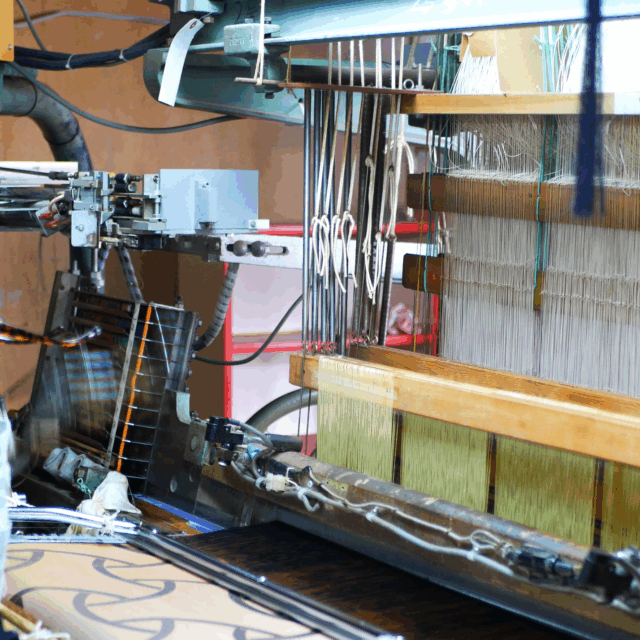
Nurtured by the Sound of Weaving|Okamoto Orimono’s Cooperative Workshop in Kyōtango – Nunohira
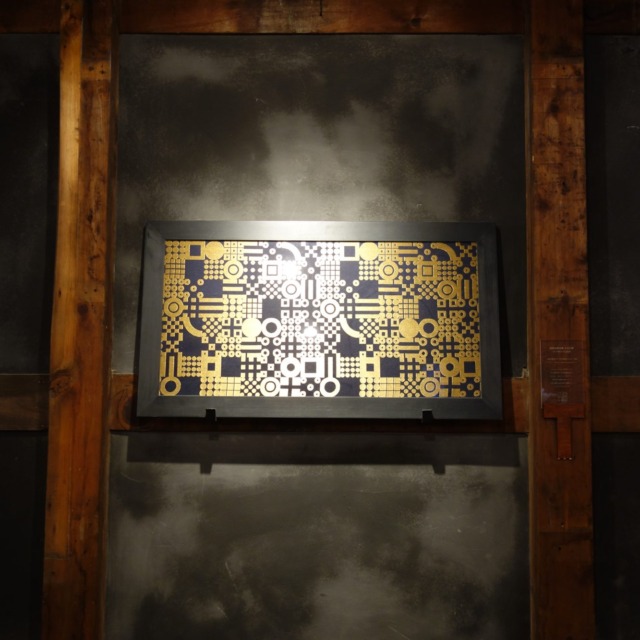
Our Nishijin kinran textile products have been selected as gifts for celebrities around the world. Please feel free to contact us for more information.

A new design by Nishijin Okamoto with a contemporary air.
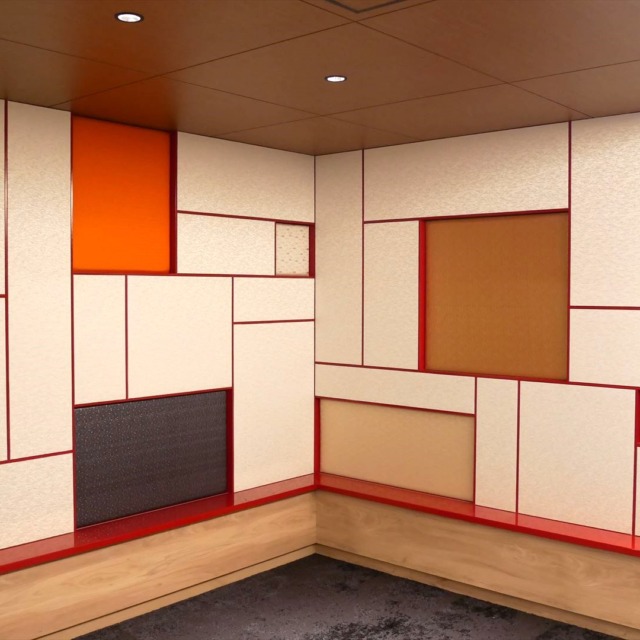
More spacious and luxurious Creating a unique space.
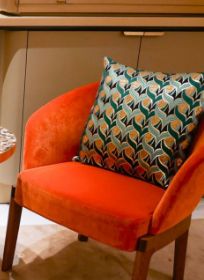
Nishijin kinran brocade adds colour to any space.

Nishijin kinran brocade ‘wearable’ gold brocade to raise your mood in a fashionable way.

Nurtured by the Sound of Weaving|Okamoto Orimono’s Cooperative Workshop in Kyōtango – Nunohira
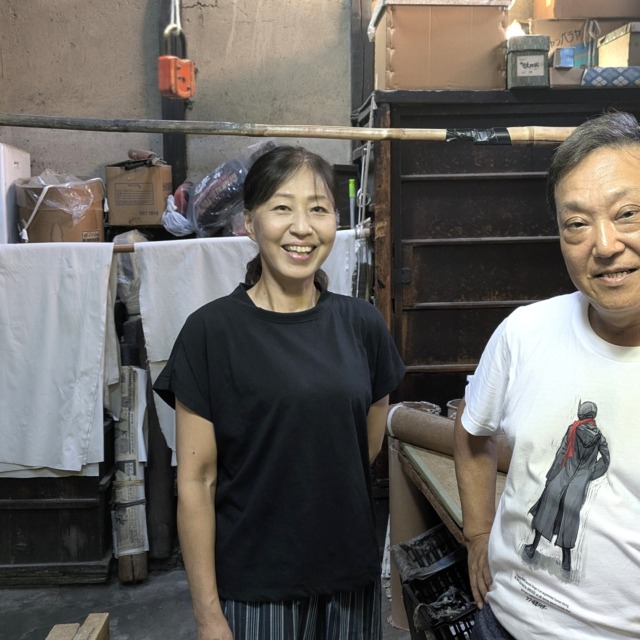
Enhancing the Beauty of Nishijin Weaving|The Pride of a “Hari-ya” – Higuchi Kinran Seiriteiten
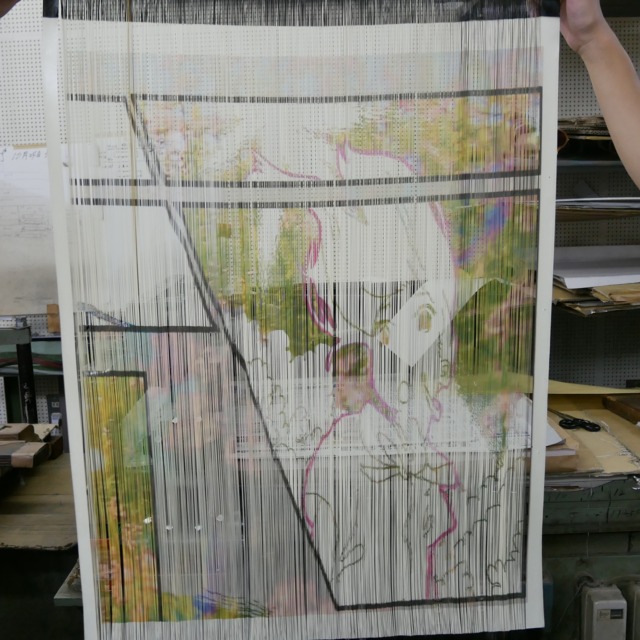
Traditional Craft × MANGA Pop Culture | Weaving a New Nishijin with Granuto

Rare Process in Nishijin Weaving: The Artisan Skill of Hikibaku Cutting at Takeuchi Studio

We want to share the sound of Nishijin hand-weaving

China and Nishijin Kinran Brocade fabric: The Future Woven by Time-Honoured Techniques

The breath of Nishijin weaving on YouTube
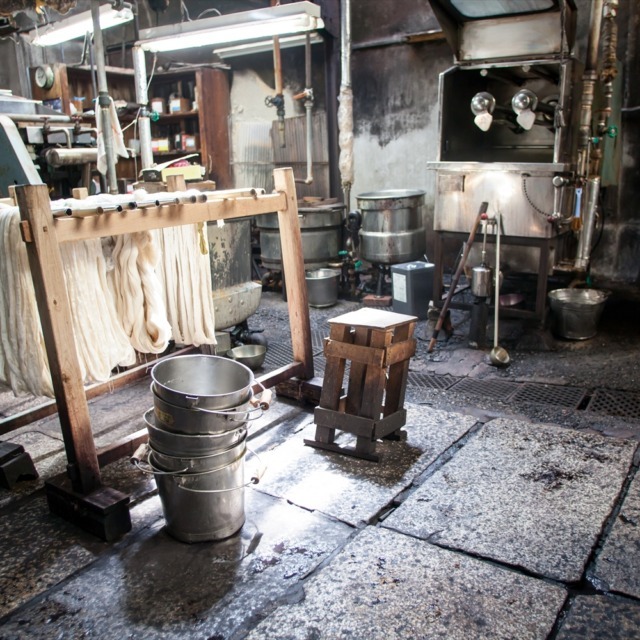
Thoughts on Nishijin Craftsmanship
Table of Contents
ToggleKinran’s history dates back to the arrival of weaving techniques from continental Asia. They began as prized, luxurious textiles for high-ranking people. Since then, they have been used for a wide range of purposes, such as shrine and temple decorations, monks’ stoles, Noh costumes and the base material of kakejiku hanging scrolls, playing a vital role in Japanese traditions.
The Kinran produced in Nishijin is particularly renowned for the refined designs and skillful techniques, which include historic Shosoin patterns and crests that have been passed down through the generations.
Incidentally, Kinran is measured differently from other Nishijin brocade textiles. In the traditional Japanese measurement system, where kujira-shaku (around 37.8cm) is used as the unit for measuring standard fabric, kane-jaku (30.3cm) is used for Kinran.
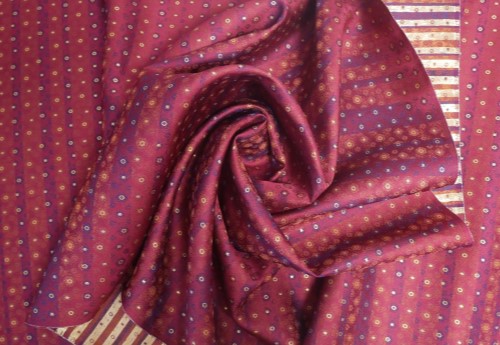
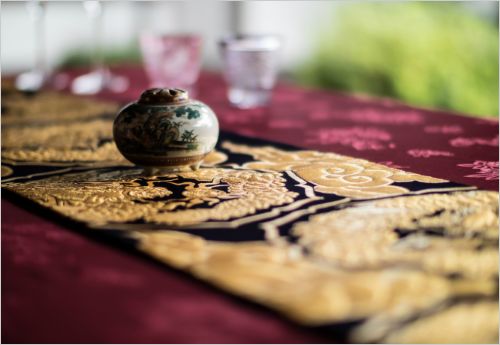
The defining characteristic of Kinran’s beauty is the gold foil and gold thread made by a unique production method. The foil, Honkinhiki-baku foil, is made by spreading lacquer on specially made washi paper, attaching metal foil (Honkin foil) on top and then slitting it into fine threads. This may be applied as it is or used to coat silk thread to make gold thread.
The gold thread or foil is woven as the weft to create a three-dimensional look and a golden glimmer that gives the patterns an even more luxurious look.
All of these processes require great mastery of the craft and attention to detail.
Silver or platinum foil may also be used.
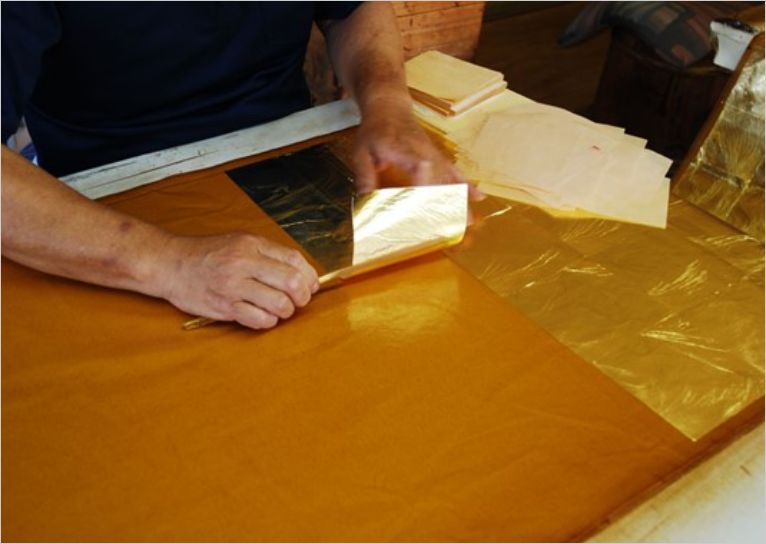

Nishijin Okamoto is skilled in “full Nishijin Kinran brocade Honkinhiki-baku foil”, which is made with luxurious quantities of Honkinhiki-baku or Honkingara foil made from washi, lacquer and 23-carat gold foil. Many of our products feature this design.
These days, only a few craftsmen are skilled in the old techniques for each process, which has made it difficult to continue those traditional methods, but we will preserve this valuable culture for as long as we can.
In Nishijin, Honkinhiki-baku foil is made in three steps: 1. applying lacquer to the washi, 2. applying the gold foil, and 3. cutting it. Each process is done by a different craftsman.
1Japanese lacquer on Japanese paper
2Applying gold leaf to lacquered Japanese paper
3Cut Japanese paper covered with gold leaf into thin, flat threads
There are three processes listed above, each handled by a different craftsman.
In the fall of 2023, “Nishijin brocade gold brocade with pearl-powder and silver-foil patterns with HIKIBAKU” was released using the custom-made “Nishijin brocade with pearl-powder and silver-foil patterns with HIKIBAKU”.
It was exhibited at the “Nishijin Textile Industry Association 50th Anniversary 2023 Nishijin Textile Convention” and won the Minister of Education, Culture, Sports, Science and Technology Award.
The production process of this product will be open to the public.
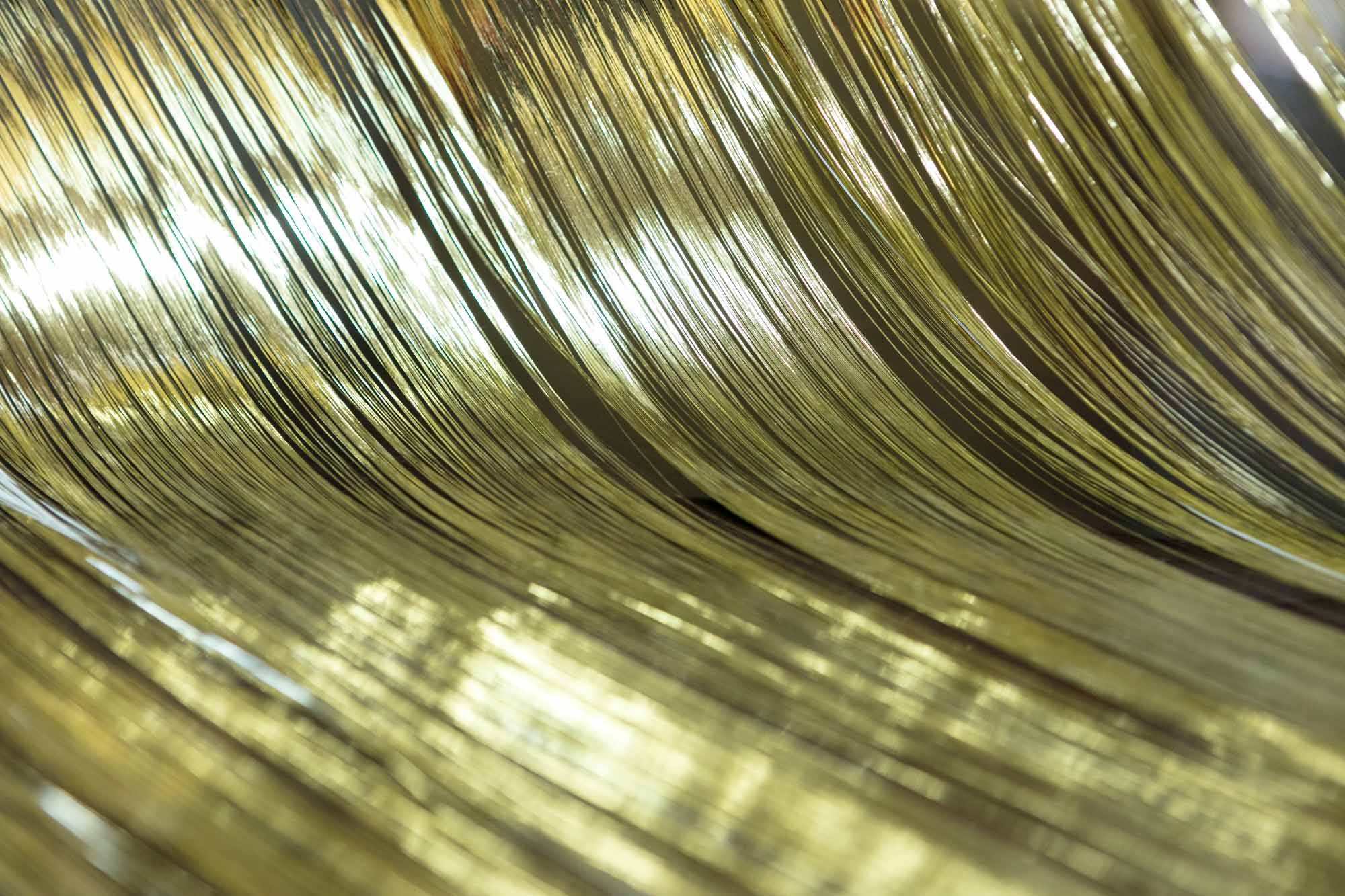
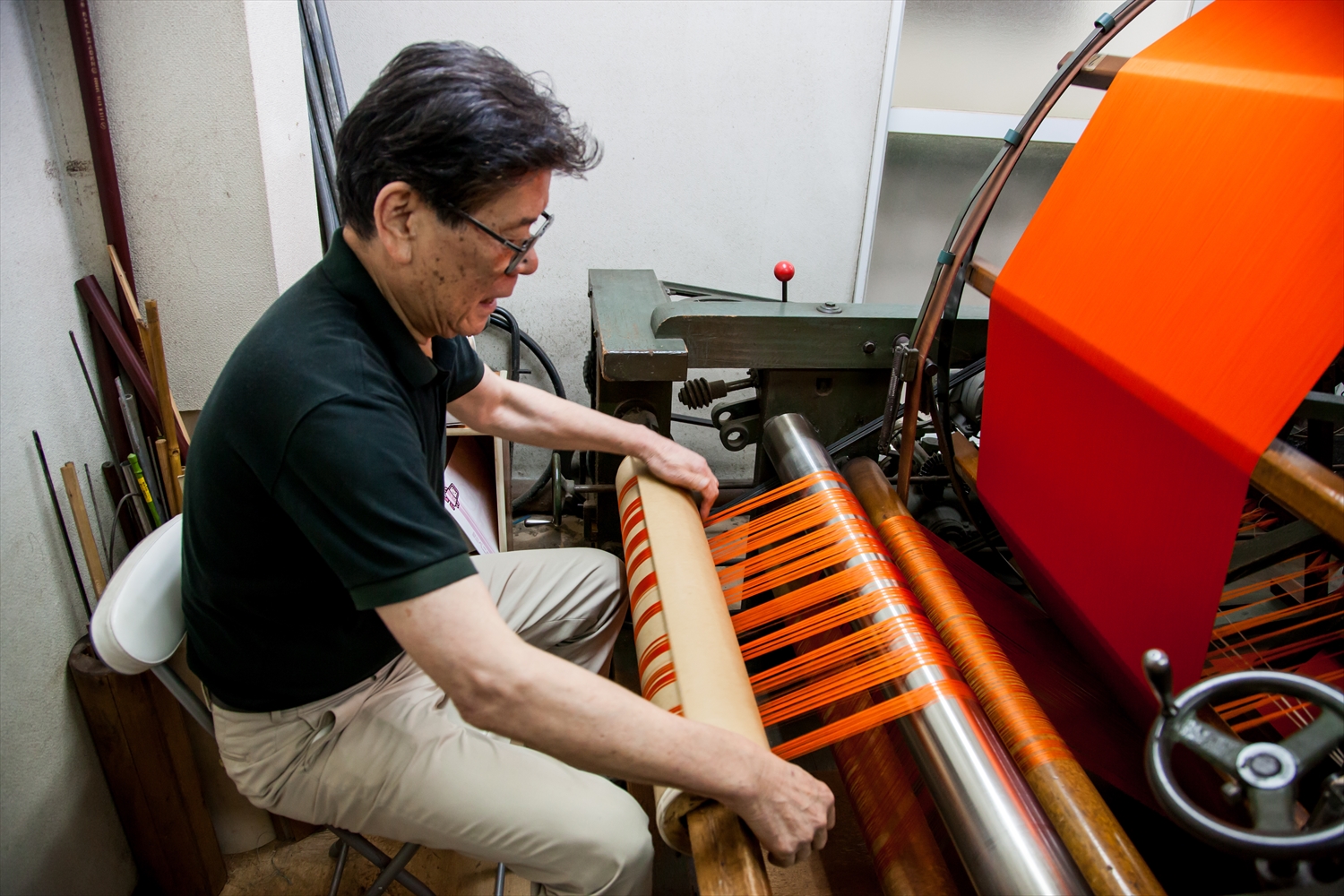

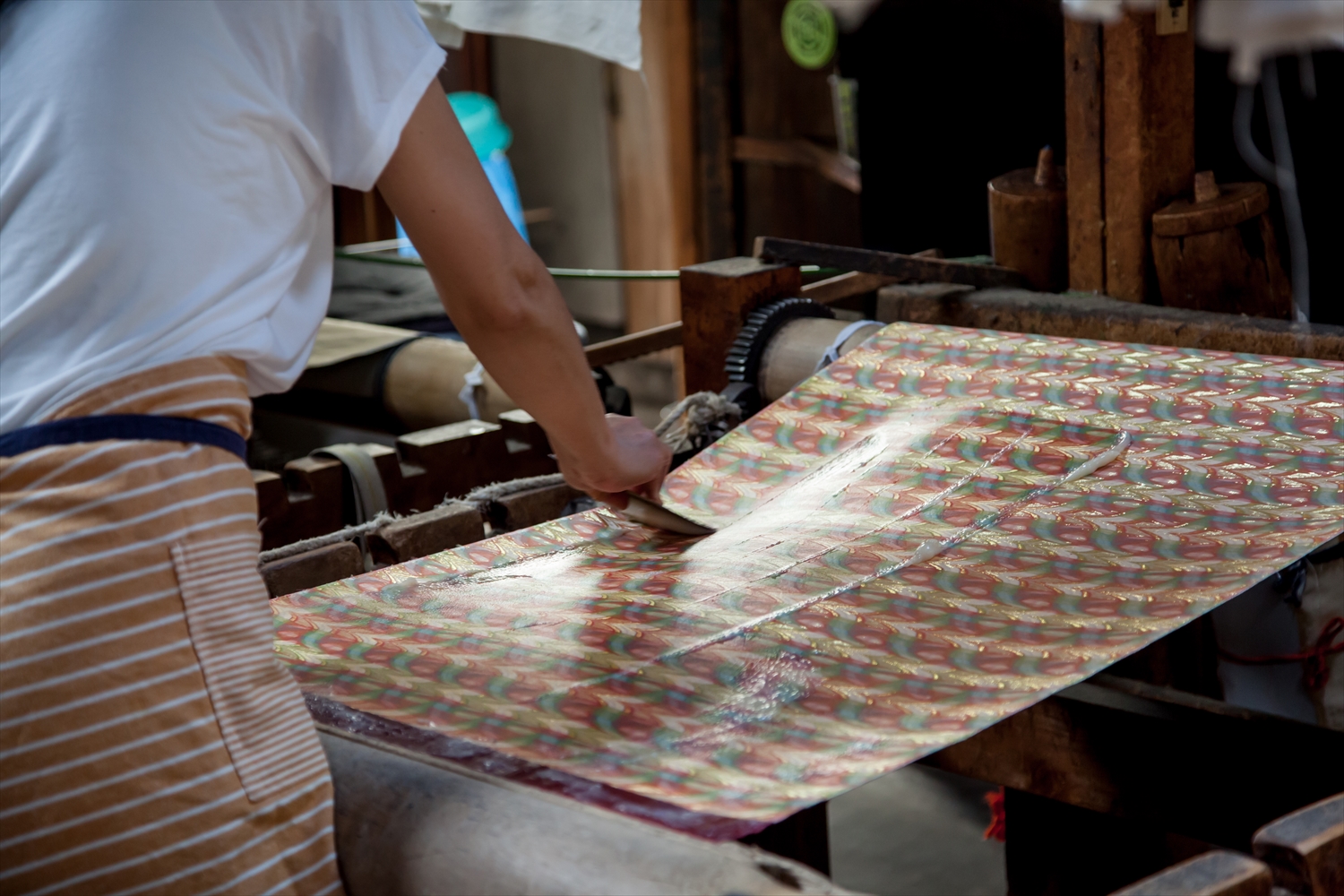
Nishijin Kinran Silk Brocade go through many craftsmen’s work before they are completed.
Please take a look at the video to see how it is done.
There are 11 craftsmen in this video, but many more are actually involved.
All the craftsmen are working hard day in and day out to deliver a great product to our customers.